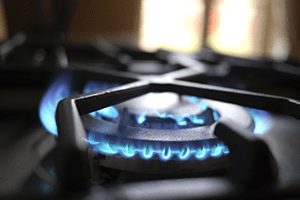Series on Safety: Carbon Monoxide

What: Carbon monoxide is a colorless, odorless gas that is produced when fuel is not burned completely. It’s especially lethal since it is impossible for people to detect its presence on their own. CO can build up in enclosed and semi-enclosed spaces causing dangerously high levels of exposure.
Where: Carbon monoxide poisoning can occur inside the home and go undetected if you don’t have a carbon monoxide monitor. Besides in the home, internal combustion engines also produce this dangerous gas. Enclosed or partially enclosed spaces can trap CO from dispersion into the air.
When: According to the CDC, carbon monoxide poisoning can occur from a number of situations, prevention is the key:
-
Heating systems, water heaters and any other gas or oil powered appliances should be evaluated on a yearly basis to ensure they do not pose a risk of CO emissions.
-
Flameless chemical heaters (catalytic) should not be used indoors. Although these do not use a flame, they can emit CO that can build up in enclosed areas.
Symptoms: Carbon monoxide poisoning can be identified by a number of symptoms including
-
Headache
-
Fatigue
-
Shortness of breath
-
Nausea
-
Dizziness
Additionally, extended exposure to carbon monoxide can lead to:
-
Confusion
-
Vomiting
-
Loss of coordination
-
Loss of consciousness
-
Death
The importance of early detection of carbon monoxide poisoning can allow people to ventilate the room and reduce CO exposure. If you are worried about carbon monoxide building up in your home or garage, there are CO detectors available for purchase. Be sure to install the detector according to the manufacturers instructions. CO detectors should be placed high on a wall, away from heating vents.
If your new carbon monoxide detector does go off, leave the area immediately and head outside for fresh air. Call 911. Once you have determined what caused the CO build up, be sure to have that appliance serviced by a professional to ensure it doesn’t happen again. Don’t forget to replace the batteries in your CO detector on a regular basis to ensure it’s always in working order.
The Consumer Product Safety Commission reports that on average 170 people a year die from CO poisoning, and even more end up in the hospital due to CO exposure. Being aware of the risks and preventative measure that can be taken can keep both you and your family safe in your home. For more information on carbon monoxide poisoning, visit the Consumer Product Safety Commission website.
Home inspectors examine potential in-home hazards including sources of CO emissions. Click to find out more about inspection services from Inspect-It 1st.
